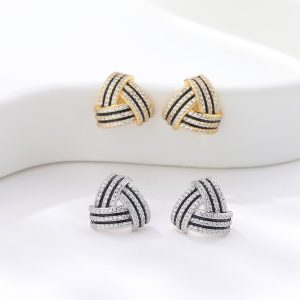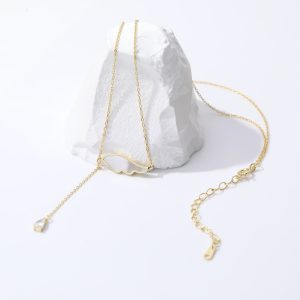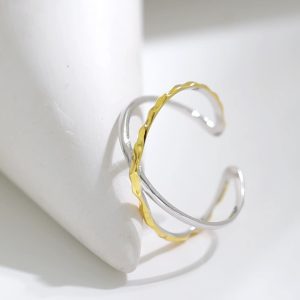How to produce and control well the quality of 925 silver jewelry in factory’s bulk productions?
Quality control is an important part of any mass production process, as it ensures that customers receive the best possible product. This is especially true for 925 silver jewelry, as demand for this precious metal continues to be high. In order to maintain a high standard of quality, there are certain steps that need to be taken in order to ensure that the finished product meets the desired specifications. In this paper, we will analyze the quality control process for bulk production of 925 silver jewelry and how it can be used to minimize defects and maximize customer satisfaction.

china manufacturer online bulk wholesales 925 silver jewelry
1,The Manufacturing Process
The manufacturing process for 925 silver jewelry starts with the selection of the raw materials (e.g., 925 sterling silver). The metals are then melted down and mixed in order to create the desired alloys. Once the desired alloy is created, it is then casted into different molds to create the desired jewelry pieces. After the casting process is complete, the pieces are then polished and refined so that they can have a perfect finish. Finally, the jewelry pieces are then inspected to ensure they meet the quality requirements and are ready for sale.
2,Quality Assurance
Quality assurance is essential when creating 925 silver jewelry as it ensures that the pieces meet the required standards before they are sold to the public. Quality assurance should start during the design process and continue throughout the entire production process, from the selection of raw materials to the final inspection of the finished pieces. This can be achieved through various methods, such as design reviews, process audits and quality control testing.
3,Design Reviews
Design reviews are an important part of quality assurance in the manufacture of 925 silver jewelry, as they help to identify potential problems before they become serious issues. During a design review, experienced engineers or other qualified personnel will analyze the design documents and make suggestions to improve the design. Areas that should be reviewed include materials, processes, safety, and quality control. Doing this early on can help to ensure that any mistakes or issues are identified and corrected before production begins, therefore eliminating costly and time consuming rework.

china manufacturer online bulk wholesales 925 silver jewelry
4,Process Audits
Process audits are another important part of quality assurance for the manufacture of 925 silver jewelry. During a process audit, an independent third party will examine the manufacturing process and assess it for any potential errors or issues. This includes looking at the different steps involved in the process, such as melting down and casting the silver, as well as inspecting the pieces for quality. By doing this, potential issues can be identified and rectified before they become serious problems.
5,Quality Control Testing
Quality control testing is an essential part of the production process for 925 silver jewelry. This involves testing the pieces for their purity, hardness, and other characteristics. Testing should be done at regular intervals throughout production in order to ensure that the pieces meet the desired standards. Testing can also be used to identify errors or defects in the production process, which can then be rectified before the pieces are released for sale.

china manufacturer online bulk wholesales 925 sterling silver rings
6,Conclusion
Controlling the quality of 925 silver jewelry in bulk production is essential in order to ensure customer satisfaction and consistent results. This can be achieved by using various quality assurance methods, such as design reviews, process audits, and quality control testing. By utilizing these methods, manufacturers can identify potential issues before they become serious and ensure that their products meet the desired quality standards.
Totally, when the jewellery company wanna get luxury quality well-made pieces to engine their fashion business with more customers’ favors,they need to work with a jewelry factory with professional experienced labors in jewelry design and production processes.





